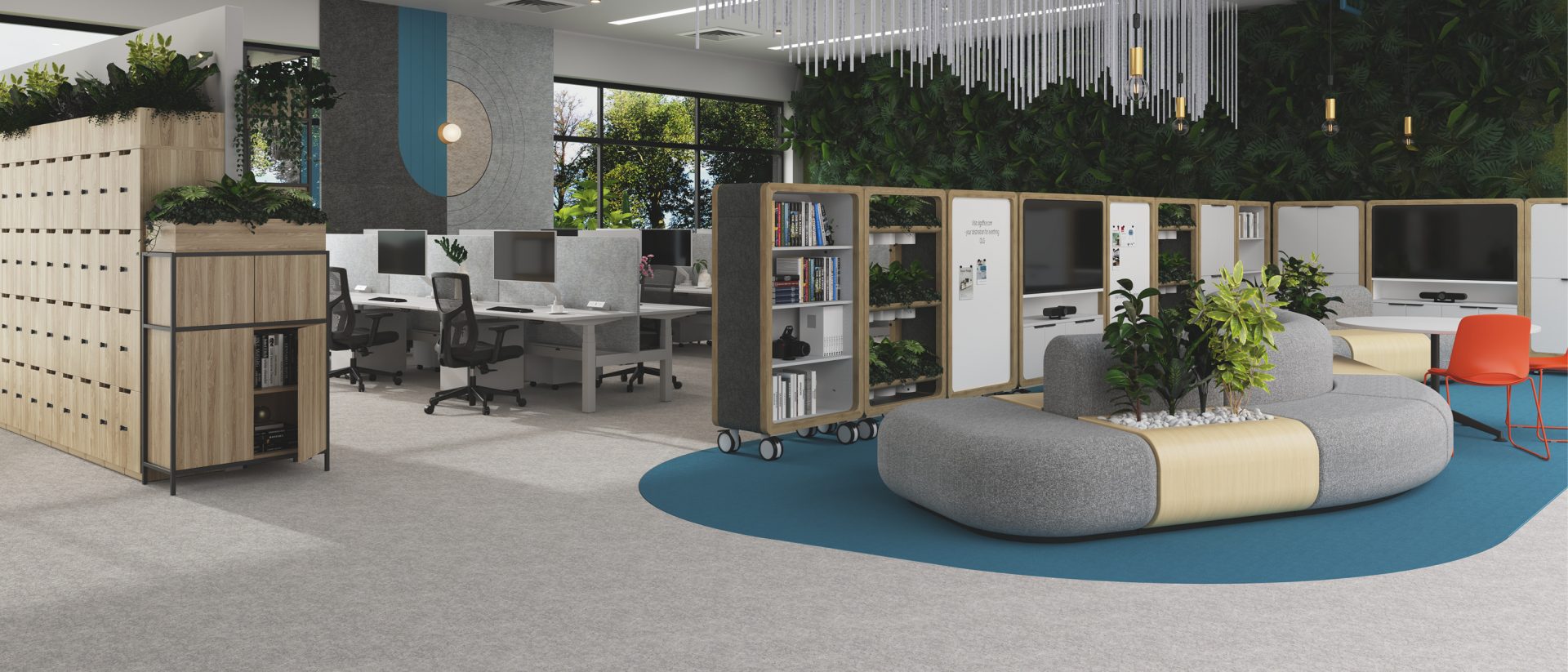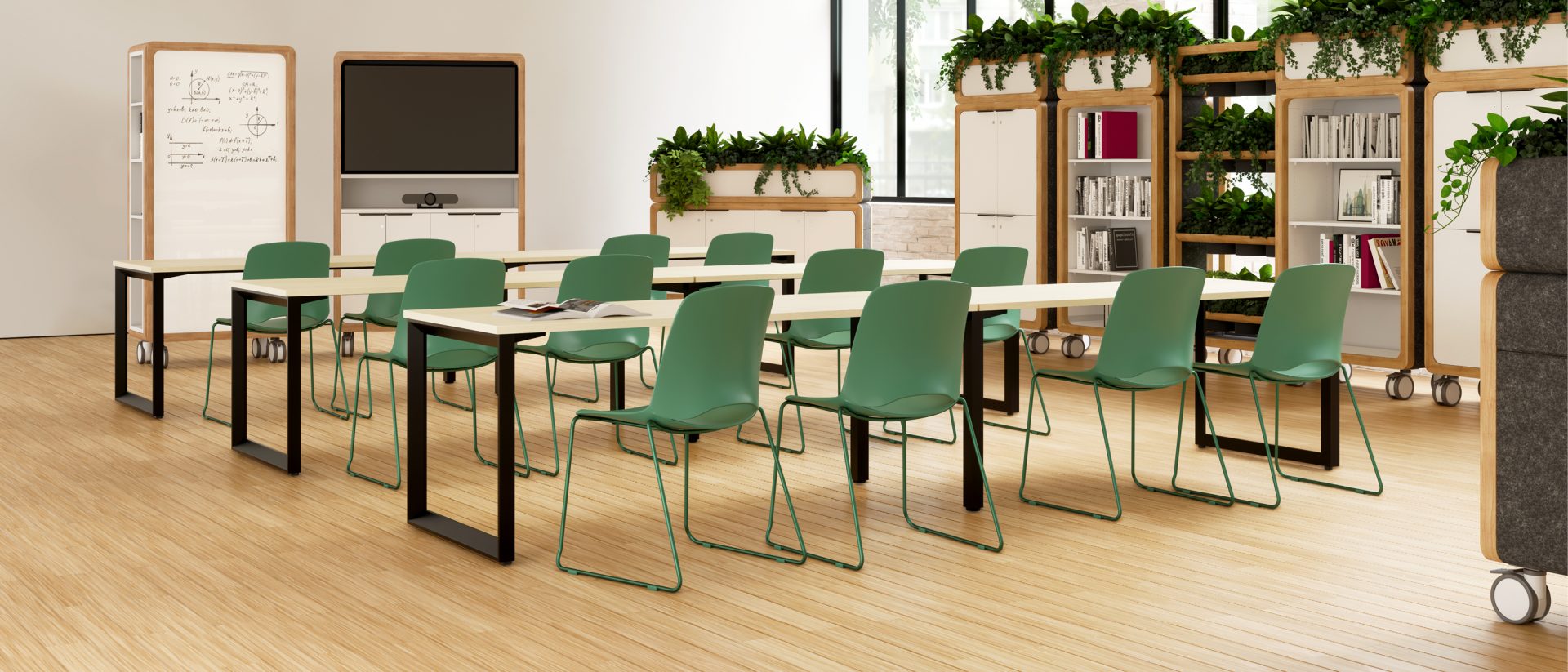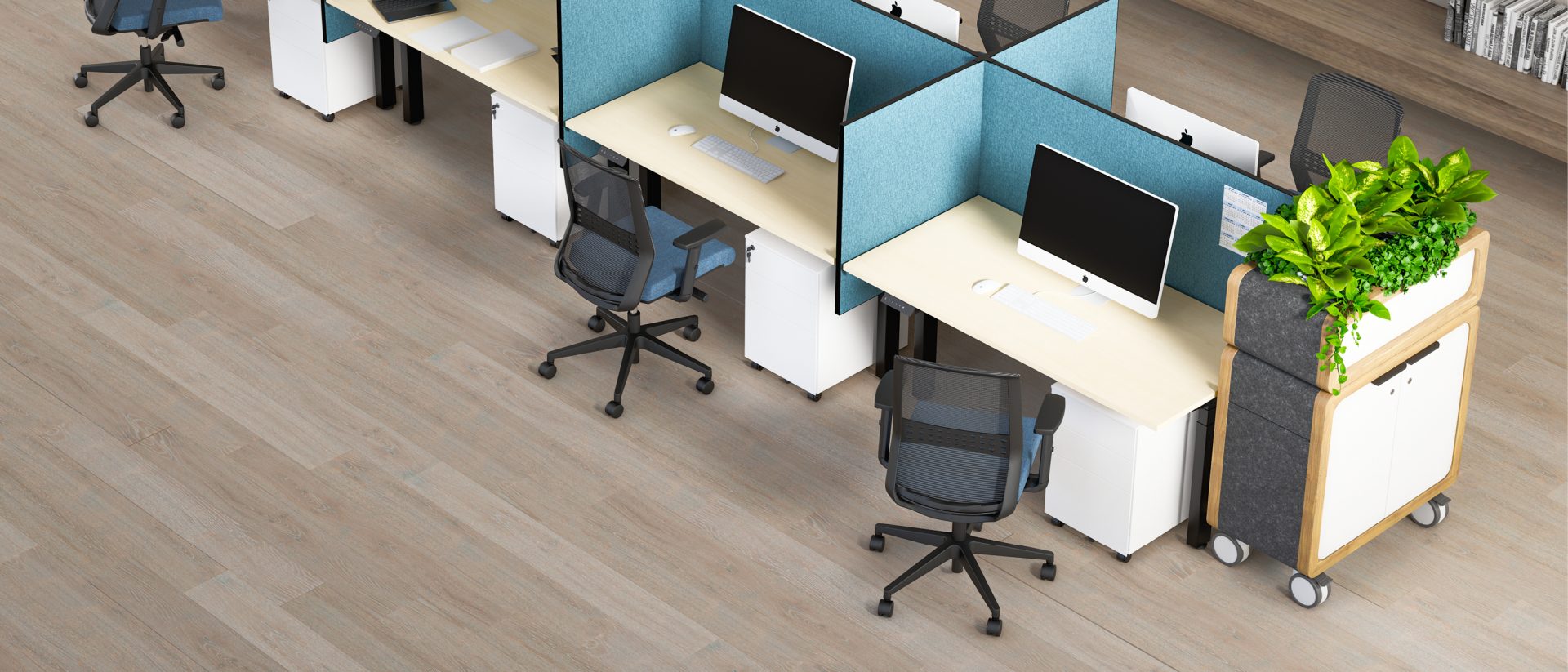The Anatomy of a Productive Meeting Room
written by OLG
A well-designed meeting room is more than just a table and chairs—it is a space that fosters focus, collaboration, and efficiency. The right combination of layout, acoustics, technology, and furniture can transform meetings from unproductive sessions into high-value discussions. Here’s what makes a meeting room truly productive.
Optimising Layout for Engagement
The layout of a meeting room significantly impacts communication and collaboration. Circular or oval tables promote inclusivity, while rectangular layouts can reinforce hierarchy and leadership presence. Thoughtful placement of seating and walkways ensures that all participants have clear sightlines and easy access to shared resources, reducing distractions and enhancing engagement.
Acoustic Control for Clarity
Sound plays a crucial role in meeting productivity. Poor acoustics can lead to distractions and miscommunication, reducing efficiency. Incorporating sound-absorbing materials like acoustic panels, carpeted floors, and soft furnishings minimises reverberation and background noise. Effective acoustic treatments, such as panelling and acoustic wall and ceiling systems, are essential in controlling reverberation and reducing sound levels, thereby improving the ability to exchange ideas and focus in any meeting room.
Integrating Smart Technology
Technology integration enhances meeting efficiency, ensuring seamless connectivity and collaboration. Features like wireless presentation systems, digital whiteboards, and video conferencing tools support hybrid teams and streamline workflows. Meeting rooms equipped with automated lighting, climate control, and occupancy sensors further improve comfort and energy efficiency. For example, integrating smart technology into conference rooms can transform meetings and enhance collaboration in businesses.
Choosing Ergonomic and Flexible Furniture
The furniture within a meeting room should support comfort and adaptability. Ergonomic chairs with adjustable features enhance posture and prevent fatigue during long sessions, while modular tables allow reconfiguration for different meeting styles. Spaces designed with flexibility in mind accommodate a variety of interactions, from formal presentations to brainstorming sessions, maximising room functionality.
Enhancing Atmosphere with Lighting and Colour
Lighting and colour schemes influence mood and concentration levels in meeting spaces. Natural lighting boosts alertness and engagement, while artificial lighting should be adjustable to suit different tasks. Neutral tones can create a calming environment, while subtle accent colours encourage creativity and focus. Strategic use of these elements ensures an inviting and productive meeting atmosphere.
By carefully designing meeting spaces with these principles in mind, businesses can create environments that support efficient, engaging, and results-driven discussions.




